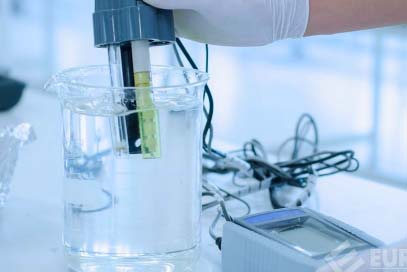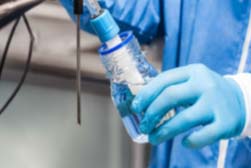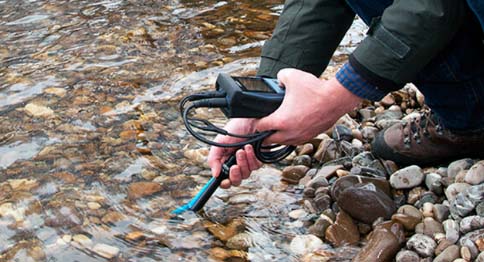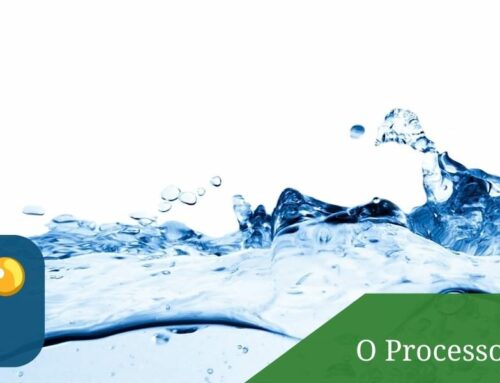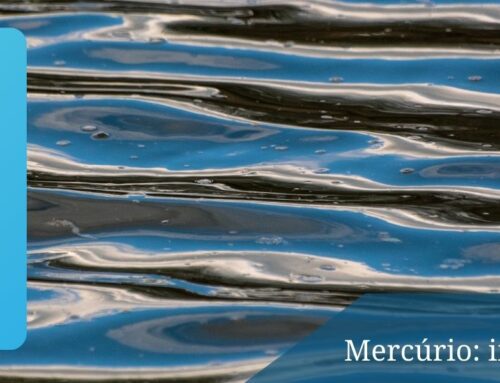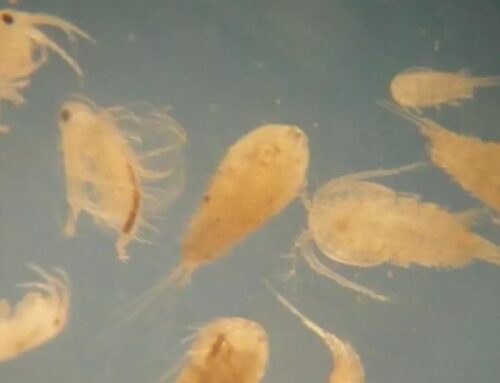
Conductivity is the ability of water to conduct electric current. The conductivity meter is the equipment used for the determination of conductivity and its unit of measurement is μS/cm (microsiemens per centimeter). The purpose of the conductivity meter is to measure the resistance of the sample. There are instruments with special calibration to receive the specific drive directly. In fact, it is the mineral salts dissolved in water that conduct electricity, and not the water itself, its ionic compounds, such as chlorides, potassium, calcium, sodium, sulfates, and magnesium.
The conductivity of water is characterized as a measure of the electron flow that is facilitated through the presence of ions. Since there is a proportionality relationship between the content of dissolved salts in water and the electrical conductivity, this parameter is responsible for allowing us to estimate the characteristics and quantities of salts found in water. The electrical conductivity is related to the salinity content and indicates the capacity that water has to transmit electric current because of the presence of dissolved substances that separate into anions and cations, and is therefore directly proportional to the concentration of ions.
Conductivity can indicate volume levels of unwanted substances, such as chlorine (in the form of chloride ions) during the process of purifying water by reverse osmosis. This variable is of great importance, since it directly influences the purity of the water and can compromise its use in pharmaceutical applications.
EP Analítica, with its accredited laboratory performs several environmental analyses, with its own team for sample collection and analysis, learn more on the Environmental Analysis page of the EP Group
ZHANG, Z.; TAO, F.; DU, J.; SHI, P.; YU, D.; MENG, Y. et al. Surface water quality and its control in a river with intensive human impacts-a case study of the Xiangjiang River, China. Journal of Environmental Management, v. 91, p. 2483-2490, 2010. http://dx.doi.org/10.1016/j.jenvman.2010.07.002 HYPOLITO, R.; ANDRADE, S.; EZAKI, S.; MARQUES, J.F.; NASCIMENTO, S.C. Method for Sampling and Detection of Ions in Unsaturated Zone Waters. Analytica, n. 38, p. 85-92, 2009. FDA. Appendix C – Guide to Inspections of High Purity Water Systems. Available at: <http://onlinelibrary.wiley.com/doi/10.1002/9781119284260.app3/pdf>. Accessed on: 05 December 2022
Vinicius Ribeiro de Souza (LinkedIn)


